Backcheck, latching speed and closing delay – what does it all mean?
When choosing the right door closer for your building environment, there are a range of additional functions available that can help ensure a solution is perfectly suited to meet your needs.
These include backcheck, latching speed, and delayed action functionality – but what does each one of these features entail, and how can they help achieve greater control, and be more user friendly?
Backcheck
What is backcheck on a door closer?
A closer with backcheck ensures the opening motion of a door is hydraulically dampened from an opening angle of approximately 75o.
Why might backcheck be needed?
Backcheck essentially stops a door from being thrown open.
What installations might require backcheck?
Should wind speeds pick up, then an external door is potentially at risk of being thrown open by the wind, which can damage the frame and hinge, so this type of application would benefit from backcheck. Another example might be an internal door where there’s a wall 90o from the door. Again, backcheck prevents a door like this from being thrown open, stopping any damage that might occur to the door or the wall.
Preventing this damage can help elongate the life of the doorset, and so reducing the overall cost of operating the building.


Latching speed
What does latching speed refer to?
When talking about the latching speed of a door closer, this refers to the speed of the door leaf in the final 15o of closing, until it reaches its fully closed position.
What is this designed to do?
The latching speed intends to overcome the resistance of a door latch in the last stage of closing, while making sure the door is secured quietly without slamming.
What should the latching speed be?
The latching speed of a closer is adjusted on site, and should be tailored to the opening in question. This is to achieve the perfect balance between ensuring the complete closure of the door vs slamming, or trapped fingers.


Closing delay
What does closing delay mean?
This refers to a delay in the system’s closing speed between its maximum acheivable opening angle (max 130 degrees) to around 70o.
What does this delay achieve?
Because the speed of the closing motion is slowed down, it provides users with additional time to pass through the door.
Why is this important?
Delayed action is not hold-open. Its primary use is for single room doors only, not circulation routes or doors. This type of feature can be very useful in areas such as operating theatres, care home communal room doors, and store/gym equipment rooms.
This functionality gives people a bit of extra time to pass through the doorway with ease, particularly if they are impaired in any way - for example, wheelchair users, people carrying a box, or pushing a trolley etc.


View our range of door closers
Filter
Showing 9 of 9 results
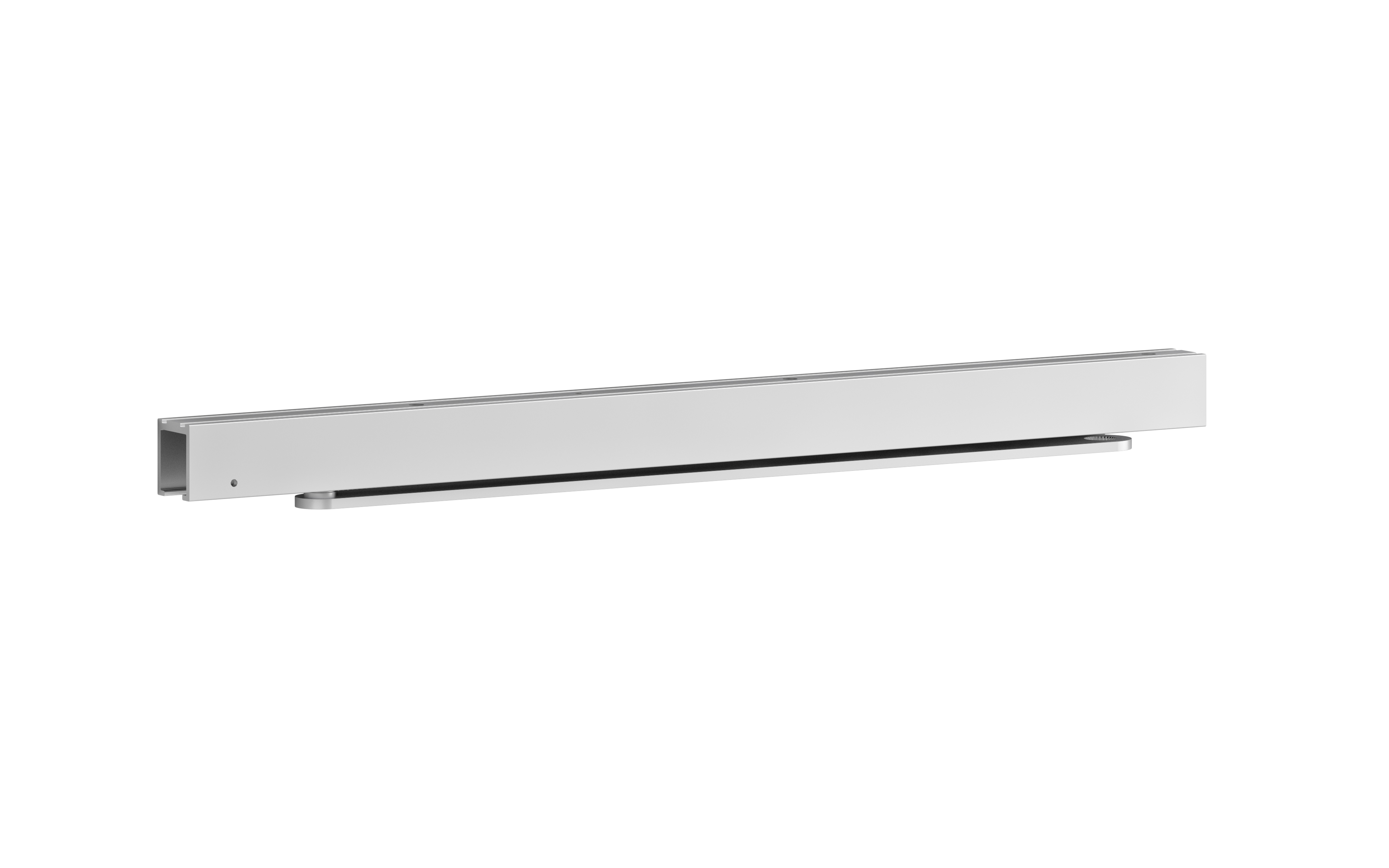
Accessories
We offer a full range of accessories to cover all your door control accessory needs.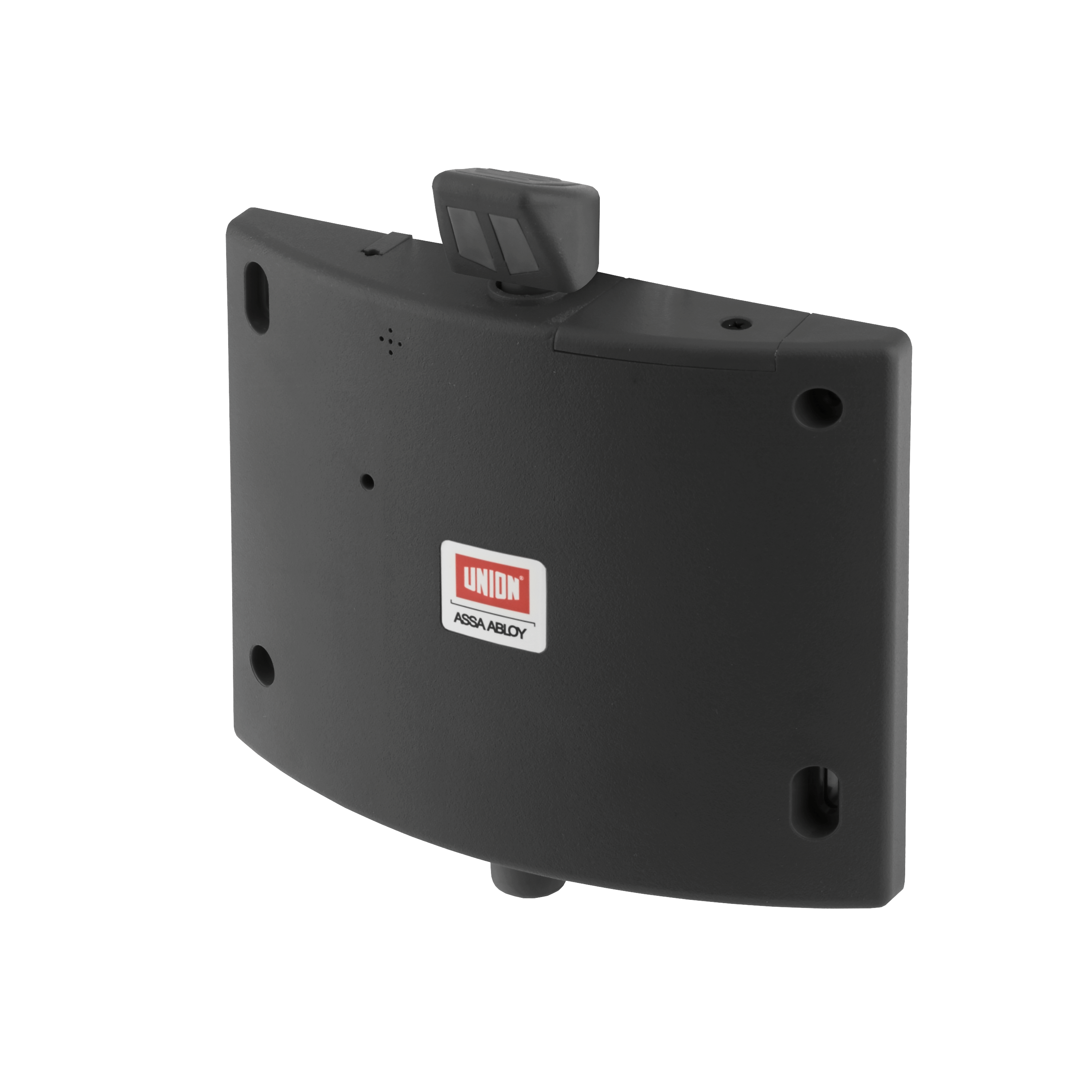
Acoustic release
Our range of acoustic releases provide a safe, easy and legal way to hold fire doors open. With DoorSense, fire doors can be held open to allow the flow of people throughout a building. However, should a fire alarm sound, the device will automatically release, allowing the fire door to close. Incredibly easy to install, DoorSense is a standalone, battery-operated unit that can be fixed to a door in seconds.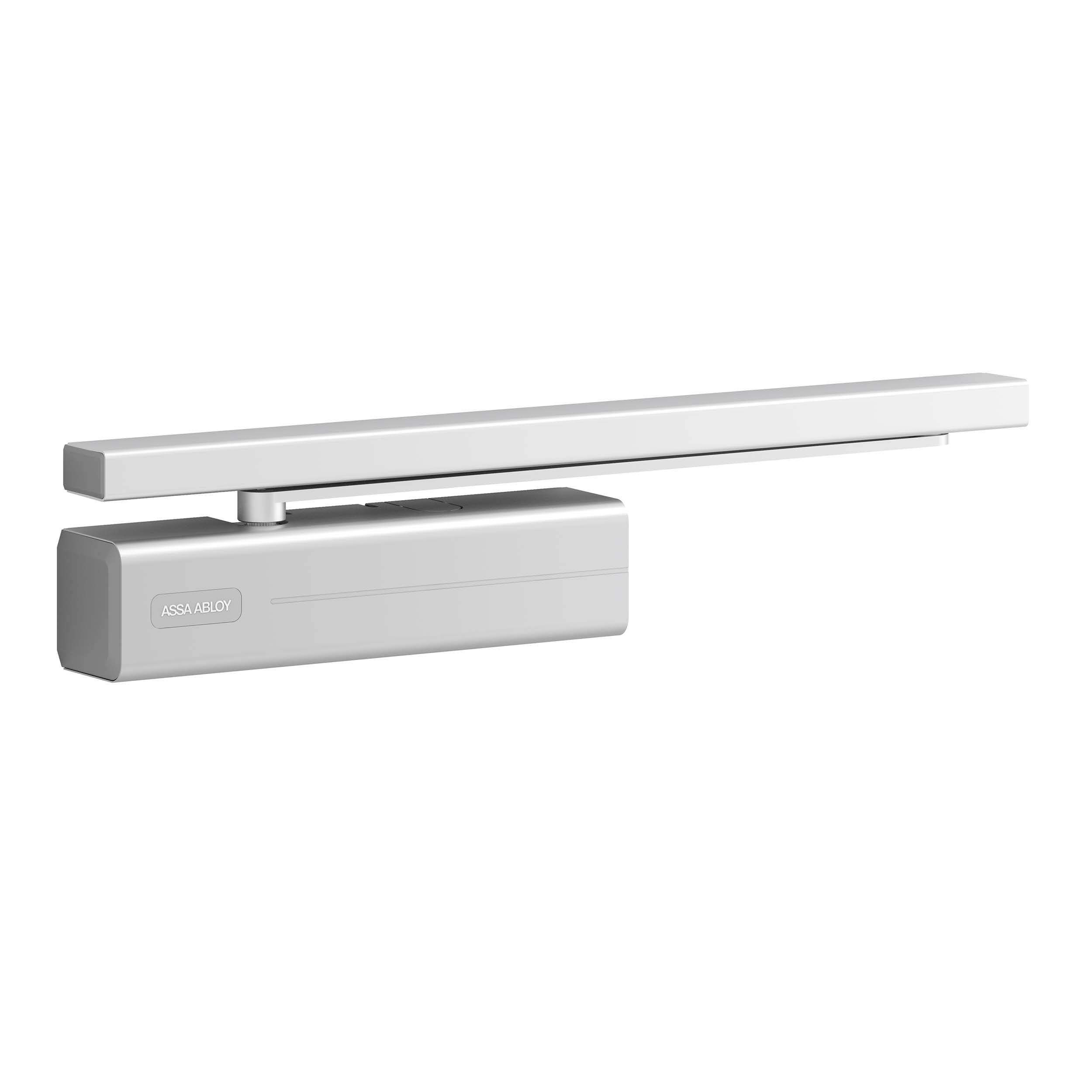
Cam-Motion®
Our innovative Cam-Motion® range is a market leading door control solution, which makes the opening and closing of doors easier for users. During the opening cycle the Cam-Motion® technology decreasing torque effect makes the door easier to open for the users, helping meet BS 8300 and Approved Document M requirements. However, when the door is in its closing cycle, this works in reverse ensuring the door is closed securely and safely, again helping to meet Approved Document B smoke and fire requirements. Our Cam-Motion® range is available for virtually any door type, including single and double leaf doors in combination with concealed and surface mounted mechanical, electromagnetic and electrohydraulic closers.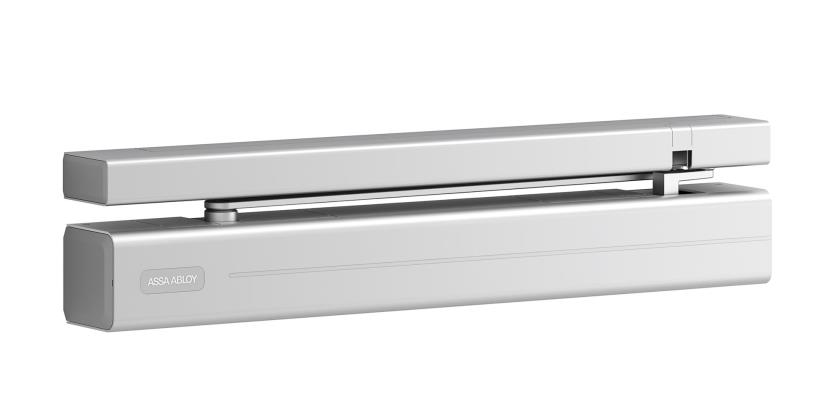
Close-Motion®
The Close-Motion has an innovative soft-closing mechanism which allows doors to slot quietly and securely into the door frame. This improves the motion sequence of the door: close quickly - dampen gently - close securely. Just a few of the key features of the Close-Motion are enhanced closing function in the case of wind pressure, draught or suction, anti-finger trapping and almost silent closing.
Concealed Cam-Motion®
Designed not to be seen, whilst still offering market-leading performance across a wide range of applications with high efficiencies and easier opening. Exactly like our surface mounted Cam–Motion® units, this highly efficient mechanism helps to meet the requirements of BS 8300. Combining this with the CE mark and fire testing for timber doors and metal doors, our concealed closers are ideal for both residential and commercial applications. Concealing a door closer within the door leaf not only carries aesthetic benefits but also offers the door closer protection from abuse or tampering. Additionally, whilst these closers are not classed as true Angle (degrees) anti-ligature products, by nature of being concealed they do provide less opportunity than surface mounted units.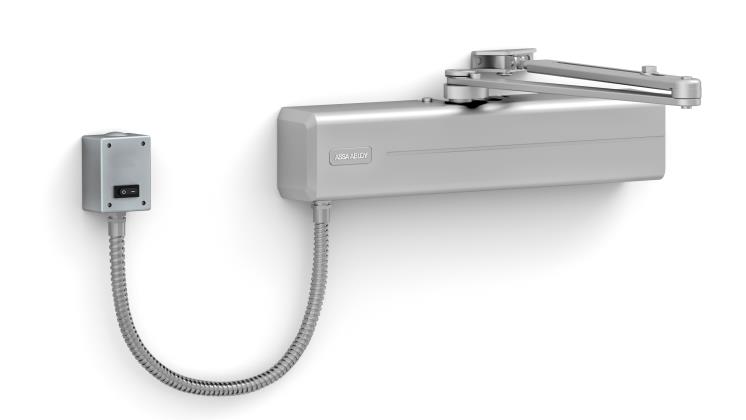
Electromagnetic
Compliant with EN 1155 standards, our electromagnetic door closers are connected to the building’s fire or smoke alarm system. When activated, this allows the closer to re-engage and close the door to prevent fire and smoke from spreading. There are two modes of operation available; Hold-open: doors are held back out of the way facilitating barrier free access and egress for all. They are released via the fire alarm to ensure fire compartmentation and security. Free-swing: this allows the door to be operated as though there is no door control attached. Free-swing provides the lowest possible opening forces, this supports the door being used by people with impairments; the old, the young and anyone with a disability. As with hold-open, the normal mode of operation is triggered via the fire alarm.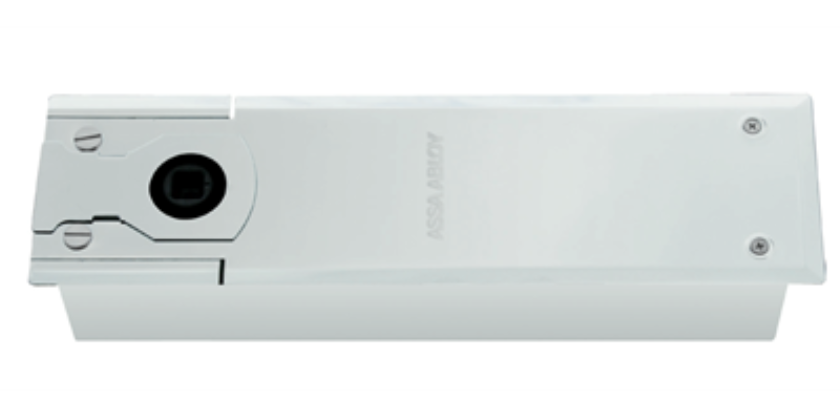
Floor springs
Floor spring door controls are concealed under the finished floor level to offer control to your door with the unit hidden from view. They are especially suited to areas with high traffic as well as heavier doorsets. Available with single or double action operation to ensure a projects design criteria can be met. Our floor spring range can be selected with or without hold-open function. Mechanical hold-open function is suited for use on non-fire doors where it is beneficial for the doors to be held in the open position and can be set at either 90°, 120° or 105°. Electromagnetic hold-open function is approved for use on fire doors where it is beneficial for the doors to be held in the open position.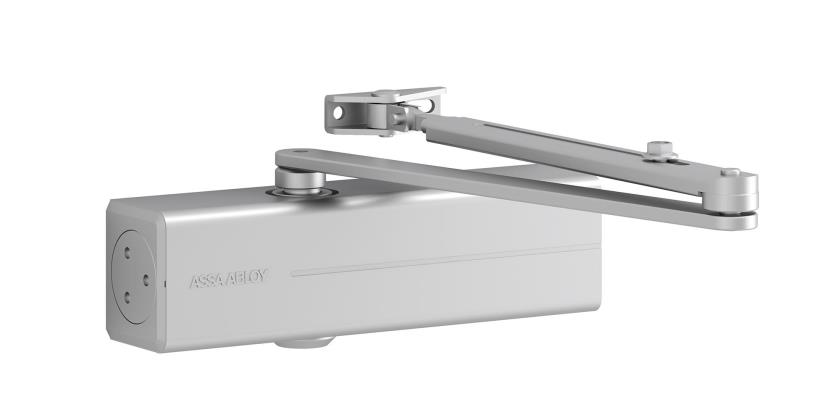
Rack and pinion
Rack and pinion door controls are the most traditional and widest used style, they are supplied complete with a link arm to allow the opening and closing motion. We offer some of the most efficient rack and pinion closers on the market to ensure doors are easier to open whilst retaining a strong closing force. The range comes in a variety of finishes and every closer has a matching arm set, meaning it is easier to suite and they can be styled to meet almost any application. Our extensive range of rack and pinion door controls for doors and gates have fully adjustable closing and latching speeds which are guaranteed to be consistent across a wide range of temperatures.
Transom
Traditionally associated with aluminium systems, when fire rated they also offer reliable closing for timber or metal doors. This is particularly beneficial in place of floor springs where a project does not allow for floor mounting. Designed to fit in the door frame at the head of the door, transom closers benefit from being hidden from view and are able to cope with heavier doors. Additionally, the cam design makes them suitable for high traffic locations and with hold-open options, they assist in making buildings barrier free.
